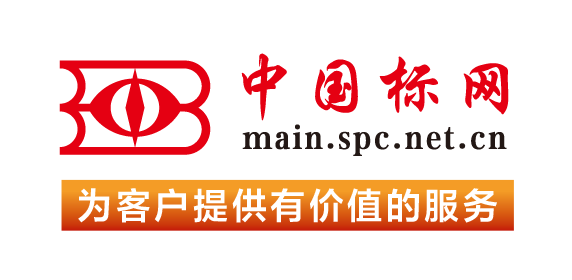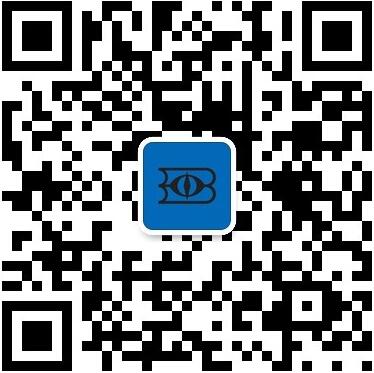【国外标准】 Standard Test Method for Measurement of Computed Tomography (CT) System Performance
本网站 发布时间:
2024-02-28
开通会员免费在线看70000余条国内标准,赠送文本下载次数,单本最低仅合13.3元!还可享标准出版进度查询、定制跟踪推送、标准查新等超多特权!
查看详情>>
适用范围:
4.1 The major factors affecting the quality of a CT image are total image unsharpness (UTimage), contrast (Δµ), and random noise (σ). Geometrical and detector unsharpness limit the spatial resolution of a CT system, that is, its ability to image fine structural detail in an object. Random noise and contrast response limit the contrast sensitivity of a CT system, that is, its ability to detect the presence or absence of features in an object. Spatial resolution and contrast sensitivity may be measured in various ways. In this test method, spatial resolution is quantified in terms of the modulation transfer function (MTF), and contrast sensitivity is quantified in terms of the contrast discrimination function (CDF). The relationship between contrast sensitivity and spatial resolution describing the resolving and detecting capabilities is given by the contrast-detail-diagram (CDD metric, see also Guide E1441 and Practice E1570). This test method allows the purchaser or the provider of CT systems or services, or both, to measure and specify spatial resolution and contrast sensitivity and is a measure for system stability over time and performance acceptability.1.1 This test method provides instruction for determining the spatial resolution and contrast sensitivity in X-ray and γ-ray computed tomography (CT) volumes. The determination is based on examination of the CT volume of a uniform cylinder of material. The spatial resolution measurement (Modulation Transfer Function) is derived from an image analysis of the sharpness at the edges of the reconstructed cylinder slices. The contrast sensitivity measurement (Contrast Discrimination Function) is derived from an image analysis of the contrast and the statistical noise at the center of the cylinder slices.1.2 This test method is more quantitative and less susceptible to interpretation than alternative approaches because the required cylinder is easy to fabricate and the analysis easy to perform.1.3 This test method is not to predict the detectability of specific object features or flaws in a specific application. This is subject of IQI and RQI standards and standard practices.1.4 This method tests and describes overall CT system performance. Performance tests of systems components such as X-ray tubes, gamma sources, and detectors are covered by separate documents, namely Guide E1000, Practice E2737, and Practice E2002; c.f. 2.1, which should be consulted for further system analysis.1.5 Units—The values stated in SI units are to be regarded as standard. The values given in parentheses after SI units are provided for information only and are not considered standard.1.6 This standard does not purport to address all of the safety concerns, if any, associated with its use. It is the responsibility of the user of this standard to establish appropriate safety, health, and environmental practices and determine the applicability of regulatory limitations prior to use.1.7 This international standard was developed in accordance with internationally recognized principles on standardization established in the Decision on Principles for the Development of International Standards, Guides and Recommendations issued by the World Trade Organization Technical Barriers to Trade (TBT) Committee.
标准号:
ASTM E1695-20e1
标准名称:
Standard Test Method for Measurement of Computed Tomography (CT) System Performance
英文名称:
Standard Test Method for Measurement of Computed Tomography (CT) System Performance标准状态:
Active-
发布日期:
-
实施日期:
出版语种:
- 推荐标准
- ASTM E1014-12(2021) Standard Guide for Measurement of Outdoor A-Weighted Sound Levels
- ASTM E1016-07(2020) Standard Guide for Literature Describing Properties of Electrostatic Electron Spectrometers
- ASTM E1019-18 Standard Test Methods for Determination of Carbon, Sulfur, Nitrogen, and Oxygen in Steel, Iron, Nickel, and Cobalt Alloys by Various Combustion and Inert Gas Fusion Techniques
- ASTM E1021-15(2019) Standard Test Method for Spectral Responsivity Measurements of Photovoltaic Devices
- ASTM E103-17 Standard Practice for Rapid Indentation Hardness Testing of Metallic Materials
- ASTM E1030/E1030M-21 Standard Practice for Radiographic Examination of Metallic Castings
- ASTM E1035-18(2023) Standard Practice for Determining Neutron Exposures for Nuclear Reactor Vessel Support Structures
- ASTM E1036-15(2019) Standard Test Methods for Electrical Performance of Nonconcentrator Terrestrial Photovoltaic Modules and Arrays Using Reference Cells
- ASTM E1038-10(2019) Standard Test Method for Determining Resistance of Photovoltaic Modules to Hail by Impact with Propelled Ice Balls
- ASTM E104-20a Standard Practice for Maintaining Constant Relative Humidity by Means of Aqueous Solutions
- ASTM E1044-96(2024) Standard Specification for Glass Serological Pipets (General Purpose and Kahn)
- ASTM E1046-85(2021) Standard Specification for Glass Westergren Tube, Disposable
- ASTM E1048-88(2021) Standard Specification for Color-Coding Pipets or Containers Coated With Anticoagulants
- ASTM E1049-85(2023) Standard Practices for Cycle Counting in Fatigue Analysis
- ASTM E1052-20 Standard Practice to Assess the Activity of Microbicides against Viruses in Suspension
 购物车
购物车 400-168-0010
400-168-0010













